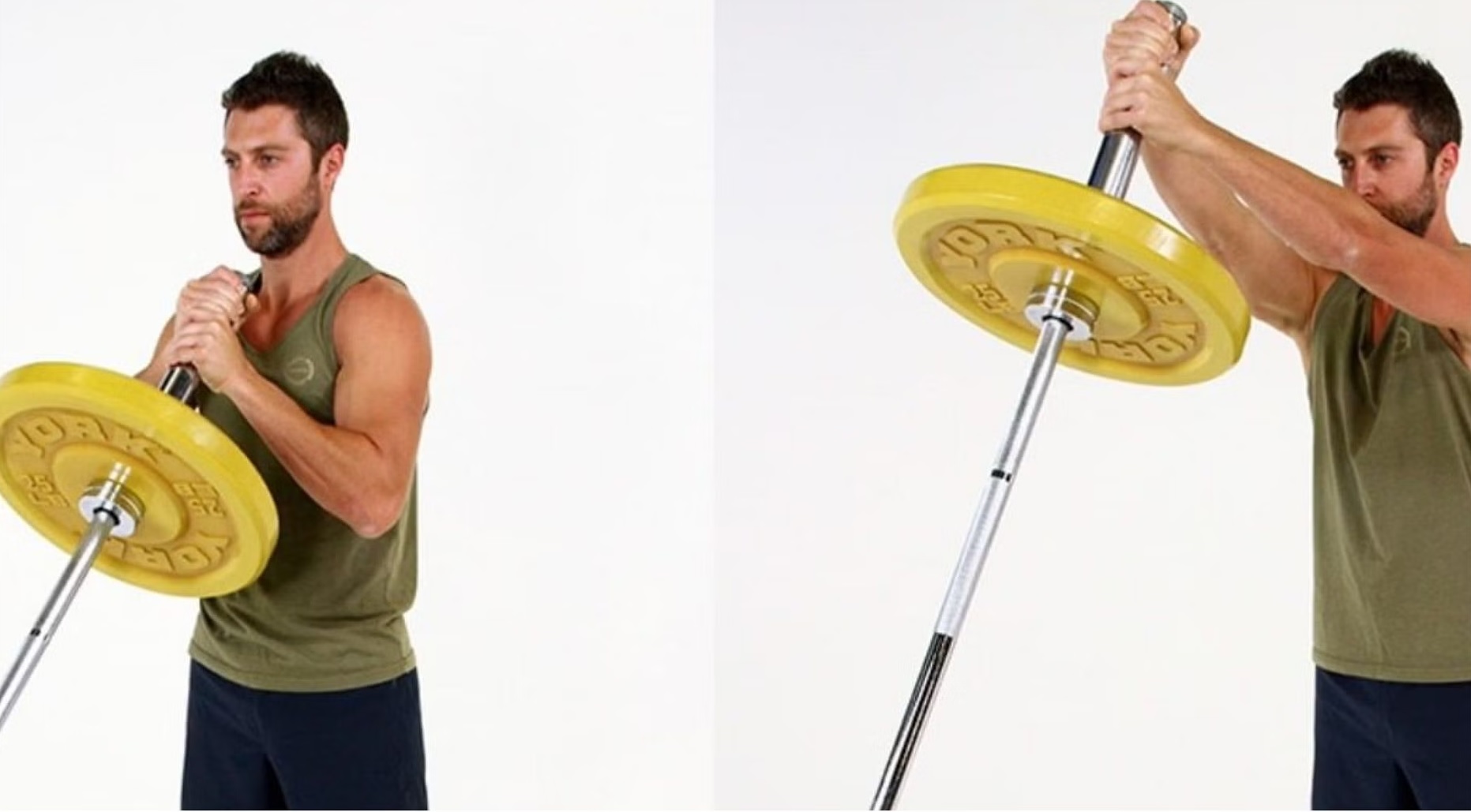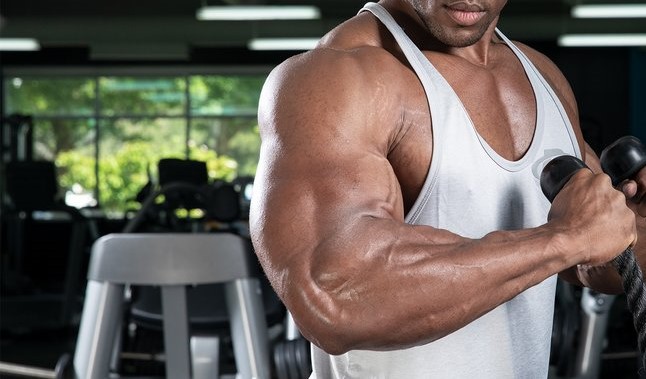Exploring Variations of the “Coffin Press”
When you are looking for effective and engaging workouts, it’s crucial to explore various exercise variations that can enhance your connection with your muscles and optimize your results. The “Coffin” exercise, which you may have encountered in some form, offers a fantastic opportunity for diversification.

The Classic Dumbbell Version
Our exploration begins with the classic dumbbell version of the “Coffin”. This exercise is traditionally performed on an incline bench, and it provides two distinct execution methods, each offering its advantages.
Version 1: Elbows Flared
In this version, you extend your elbows out to the sides while pressing the dumbbells together. This technique emphasizes the inner part of your chest.
Version 2: Tucked Elbows
- The second execution method involves tucking your elbows in and dragging them along your body as you press the dumbbells upward. This style promotes effective engagement of the inner chest muscles.
- Regardless of the method you choose, it’s important not to go too heavy with the weights. Instead, focus on high-repetition sets ranging from 20 to 30 reps. This approach is one of the most effective ways to target the inner part of your chest, creating a pronounced and well-defined appearance.
II. Adapting the “Coffin Press” with Cables
For those familiar with Charles Glass’s training techniques, you might have seen his remarkable variation of the “Coffin press” using the Smith machine. We can adapt and extend this concept by employing cables, opening up new possibilities for muscle engagement and development.
Facing Away for Tension:
- When using cable machines in a fitness setting, the orientation in which you position yourself is crucial. Facing away from the cable machine means that the cables are coming from behind you and are directed toward your body.
- This setup allows for a particular type of resistance that can be highly effective for various exercises.
- By facing away from the cable machine, you can distinctly engage your muscles compared to other orientations. This unique angle of resistance can target specific muscle groups and provide a different type of challenge.
- Fitness enthusiasts often incorporate different variations and angles into their workouts to promote muscle confusion and enhance overall strength and muscle development.
- Exercises performed while facing away from the cable machine may also require increased core stabilization. This is because you need to maintain balance and control as the cables pull in a direction that’s not directly in front of you.
- As a result, exercises in this orientation can contribute to improved core strength and stability.
Dragging the Elbows:
- Another crucial aspect to consider in the Coffin Press workout is the specific execution technique during the movement. Opting for the variation where you deliberately drag your elbows along your body emerges as a key strategy for enhancing the efficacy of the exercise.
- When executing the Coffin Press, the emphasis on dragging your elbows along your body is highlighted for several essential reasons.
- First and foremost, this technique fosters a significantly improved mind-muscle connection. By keeping the elbows close to the body throughout the movement, you establish a more direct and engaged link between the targeted muscles and the exercise itself.
- On the contrary, flaring the elbows out during the Coffin Press is discouraged for various reasons.
- One primary concern is the risk of overemphasizing the deltoid muscles. Flaring the elbows outward not only diminishes the effectiveness of targeting the inner chest, the primary focus of the exercise, but it also places undue stress on the deltoids. This unintended engagement can lead to an imbalance in muscle activation, compromising the desired isolation of the chest muscles.
Experimentation with Elbow Position:
- While it’s important to maintain the practice of keeping your elbows close to your body, you can still experiment with different elbow positions based on your goals and the specific exercise.
- However, in many cases, dragging your elbows along your body tends to yield better results in terms of muscle recruitment and overall effectiveness.
The Landmine “Coffin Press”
The final version of the “Coffin ” is executed with the landmine setup. While it can be done while standing, it’s often more beneficial to perform this variation in a seated position, providing better control and stability.
- The landmine version allows for adaptable body positioning focusing on different aspects of your chest. You can lean forward to emphasize the upper chest or lean back to target the lower chest.

- It’s crucial to keep your elbows driving inwards, avoiding the temptation to flare them out. This modification ensures optimal muscle engagement.
III. Bicep Gains with Seated Cable Rows
Performing bicep exercises on the seated cable row machine introduces unique variations that diverge from the machine’s conventional use for back exercises.

Legs as Preacher Curl:
- In this variation, the exercise ingeniously replicates the mechanics of a preacher curl, a classic bicep movement, by leveraging the legs as a substitute for the traditional preacher bench.
- This adaptation brings the essence of the preacher curl to the cable row machine, creating a focused bicep workout.
- This approach serves as a practical alternative for individuals who might face challenges in transporting or using a preacher bench with the cable row machine.
- By using the legs for support, it simplifies the setup and allows for a seamless integration of bicep training into the cable row routine.
Drag Curl Variation:
- The drag curl variation brings a deliberate emphasis on the drag curl technique, a deviation from the typical rowing motions associated with the cable row machine.
- Here, the focus is on deliberately keeping the elbows away from the body throughout the exercise.
- To execute the drag curl, you can lock the legs and pull the cable straight towards the body along a one-straight-line trajectory. This intentional movement pattern isolates the biceps, preventing excessive engagement of the lats and ensuring a concentrated effort on the targeted muscle group.
- By stopping the elbow short during the drag curl, the movement is tailored to prevent the engagement of the lats.
- The drag curl variation offers the distinct advantage of overloading the biceps, enabling individuals to move a significant amount of weight.
- This heightened resistance is instrumental in fostering enhanced strength development and muscle growth, making it an appealing choice for those seeking to challenge their bicep training.









